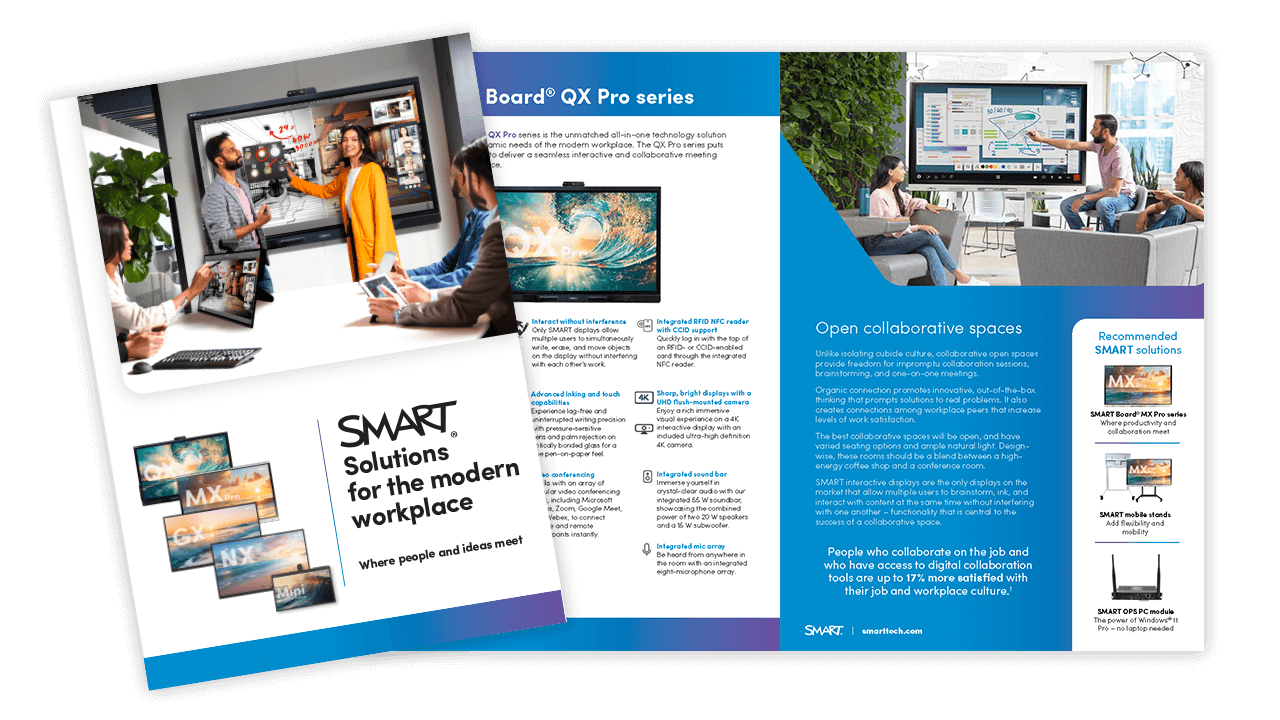Presentations are an essential tool in the business world, but when they fall flat, the costs can be significant. A bad presentation doesn’t just waste time; it affects productivity, decision-making, and ultimately, the company’s bottom line. Here’s why poor presentations are more costly than you think.
A poorly executed presentation often results in wasted time for everyone involved. From meetings dragging on unnecessarily to unclear messaging that requires follow-up sessions, the hours lost add up quickly. Research indicates that up to 10 hours of extra work per presentation can be required to clarify points that weren’t communicated effectively the first time.
The hidden financial costs of poor presentations are often underestimated. The extra time required to fix, clarify, and follow up after a bad presentation can cost businesses thousands annually. For instance, a medium-sized organization that experiences just a 25% failure rate in presentations can lose over $133,000 a year in wasted staff hours alone.
Additionally, companies often invest in tools like interactive displays or collaboration software, but poor presentations can mean that these tools are underutilized. This not only affects the meeting at hand, but in a sales scenario, bad presentations can prolong the sales cycle, reduce deal sizes, or even lead to lost opportunities altogether.
What makes a presentation bad? Here are some of the worst offenders:
Too Many Words
One of the most common presentation mistakes is overloading slides with text. If your audience is busy reading paragraphs of information, they’re not listening to what you’re saying. A good presentation slide should highlight key points, not replicate what you’re saying.
Solution: Keep it simple. Use bullet points or visuals to emphasize your main ideas, and leave the rest for your spoken words. Your slides should support your presentation, not be the entire script.
No Visual Engagement
Static slides filled with text and basic images don’t capture attention. People are visual learners, and if your slides are nothing more than a glorified Word document, you’re going to lose them.
Solution: Use visuals, videos, and interactive elements to engage your audience. Visual content helps reinforce your points and keeps your audience focused on your message.
Lack Of Interaction
One of the biggest reasons presentations fall flat is that they’re one-sided. You talk; the audience listens. Or worse, the audience pretends to listen while scrolling through their phones. Without interaction, presentations become passive, which means your message isn’t sticking.
Solution: Engage your audience with questions, live polls, or interactive tools. Let them annotate on slides, answer questions in real time, or even help shape the presentation through discussions.
Your Technology Isn’t Up To Par
Ever been in a presentation where the slides wouldn’t load, or the sound cut out? Nothing kills the flow of a presentation faster than technical issues. Outdated equipment or unfamiliar tech can derail your entire presentation.
Solution: Make sure you’re using reliable, easy-to-operate technology that offers intuitive controls, and seamless integration with your content.
Discover more about the cost of bad presentations, and how to craft and deliver GREAT ones.

